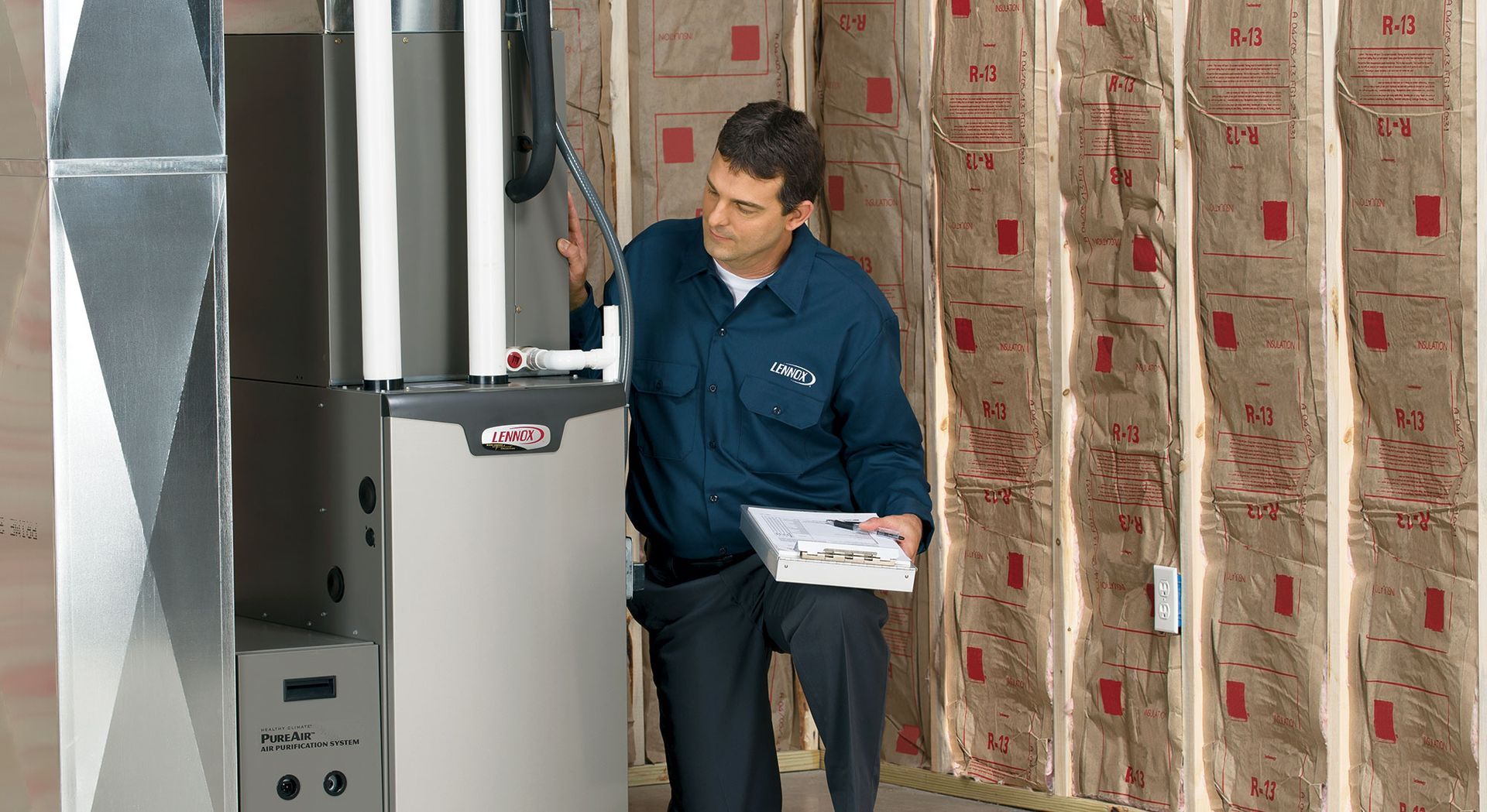Indoor air quality is especially important for today’s homes, which are well insulated and also energy efficient. But it can trap contaminants indoors. If you’re concerned about the air quality in your home, consider adding a Carbon filter from Lennox to your HVAC system.
Here are five reasons why a Clean Filter is the #1 rated whole-home, professionally installed filtration system:
#1: Removes allergens and germs in the air.
This filter system removes 95% of common household allergens that can aggravate respiratory conditions and also asthma. The filter also removes germs, bacteria, and mold, which means your family will stay healthier. In fact, the system removes extremely small particles down to 0.3 microns—the same level of filtration used by hospitals for operating rooms.
#2: Reduces ground-level ozone in your home.
Ozone is a known lung irritant, and some air cleaners actually elevate ozone levels. Carbon Clean removes harmful ozone from your household air. The system can reduce ground-level ozone levels in your home by 50%.
#3: Neutralizes household odors.
The Carbon Clean filter contains activated charcoal. The carbon in the filter works to neutralize odors before they recirculate throughout your home, eliminating the need for air fresheners or scents to cover them up.
#4: Helps you HVAC system last longer.
The Carbon Clean filter removes airborne dust and dirt, which helps your HVAC system last longer. Plus, less dust means your home stays cleaner.
#5: Compatible with any system.
Carbon Clean can be used with any HVAC system, and it doesn’t require an additional power source. Maxwell Heating & Cooling can easily add it to your existing system.
Contact Lennox’s Carbon Filter Expert – Maxwell HVAC
Interested in learning more about Filters? Contact us today to discuss how this filter can improve the air quality in your home.
The post Five Reasons to Add a Carbon Filter to your HVAC System appeared first on Maxwell Heating & Cooling.




